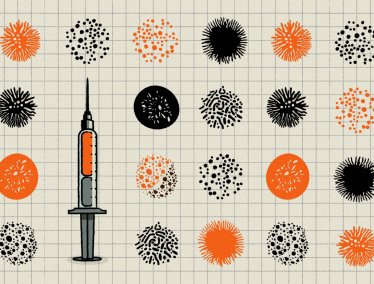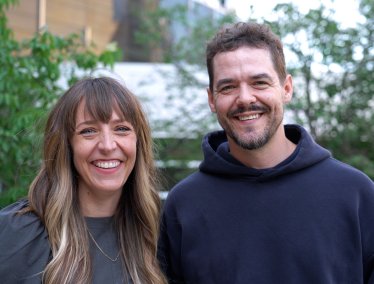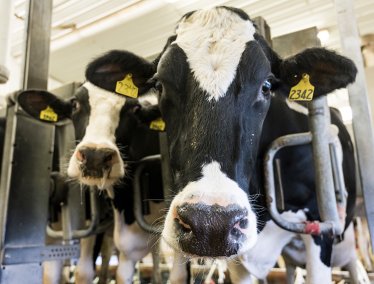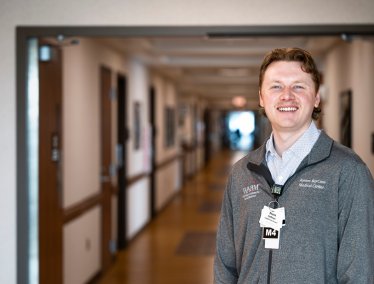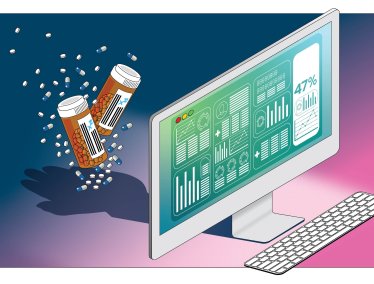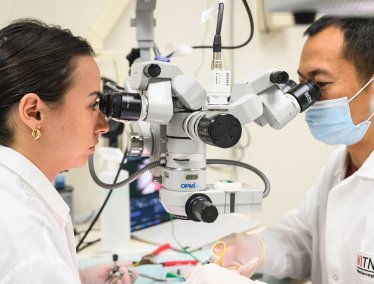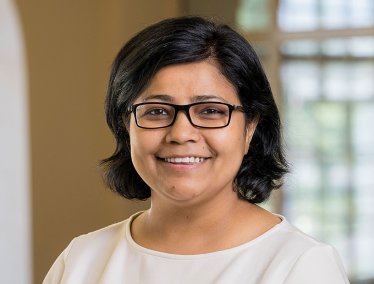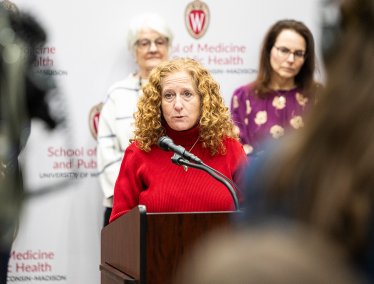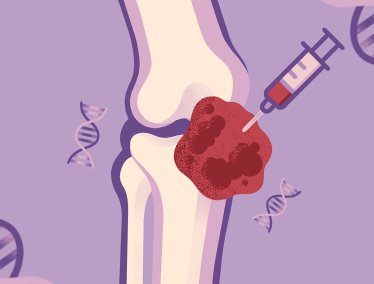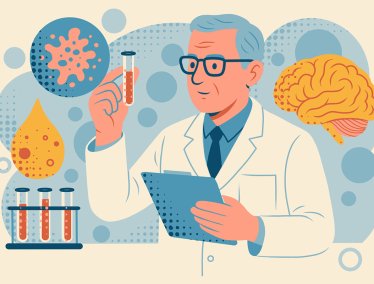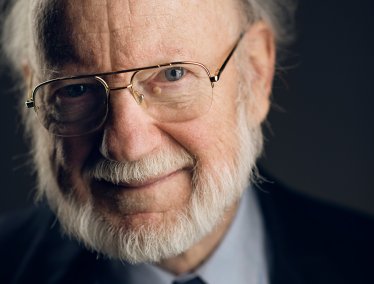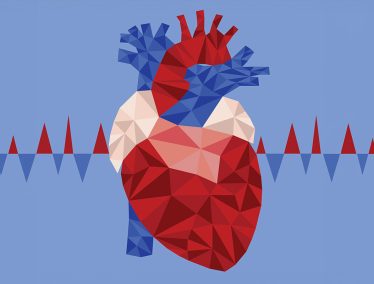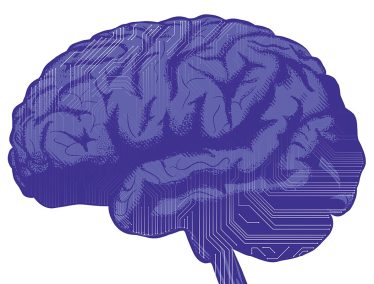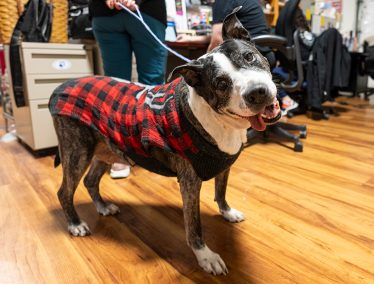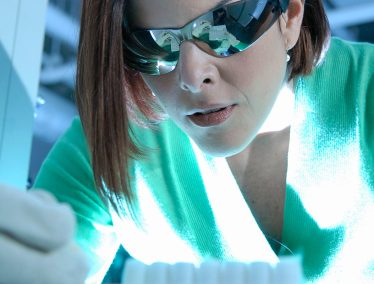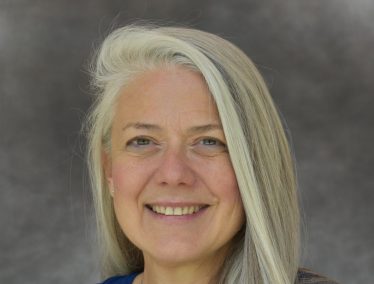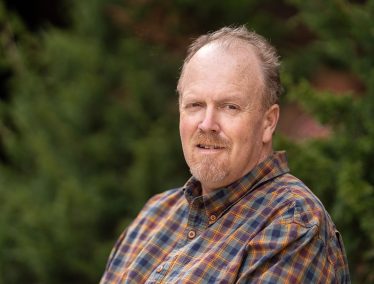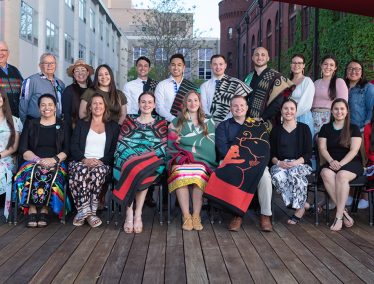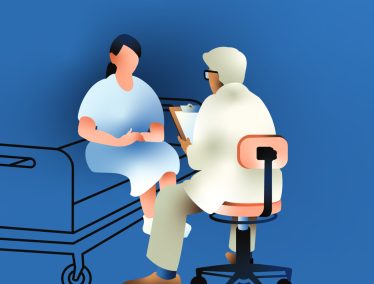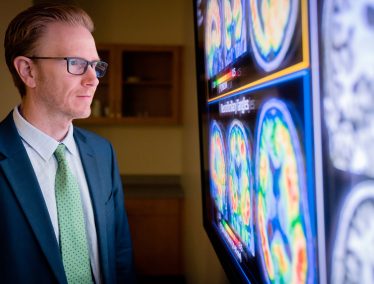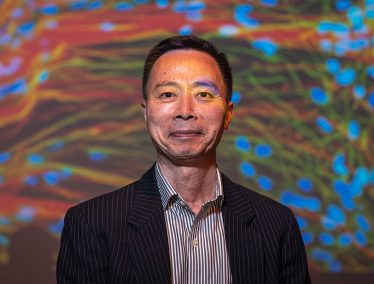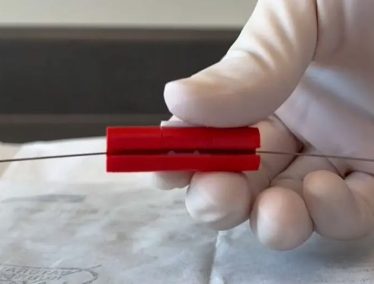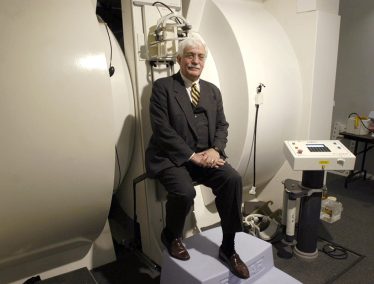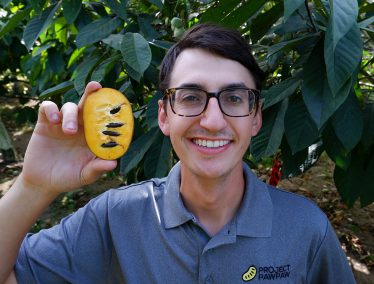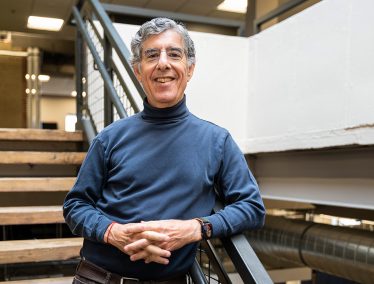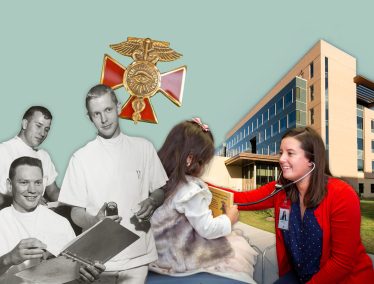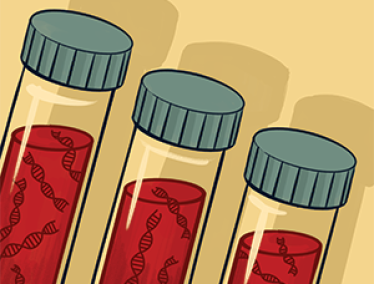Find Articles
This page presents a paginated collection of all On Wisconsin stories by default. You can use topic and year filters to narrow the list of stories.
Selected topic: Health & Medicine.
129 stories matched. Showing page 1 of 5.
Filters
Filter by Year
Filter by Topic
The UW helps transplant patients return to a healthy life without antirejection drugs.
A new program from the UW School of Medicine and Public Health trains doctors for serving in the country.
A study suggests ways to increase access to treatment while saving money.
A surgical microscope enables highly precise procedures.
Campus leaders tout the lifesaving benefits of the National Institutes of Health.
UW–Madison’s vast collection of Alzheimer’s data attracts international stars.
With a little luck, William Campbell MS’54, PhD’57 discovered a drug that has helped millions see.
Transplants might become a thing of the past.
A UW effort will help oncologists and their patients make better-informed decisions.
A UW veterinary clinic provides affordable care for owners experiencing hardship.
Gabriela Cezar PhD’02 takes UW breakthroughs from bench science to business.
The technique is being tested on humans.
With support from the children of Ralph Olsen MD’54, a UW center is increasing the number of Indigenous people in medical fields.
A UW discovery offers a greener version of a widely used medicine.
Adding a chair in hospital rooms works wonders.
With a $150 million grant, UW researchers will study the causes of dementia.
A UW breakthrough could help treat disorders, says Su-Chun Zhang PhD’91.
UW engineering students hope to license their ingenious device.
A UW study examines data from both wet and dry counties.
Raymond Damadian ’56’s discovery gave doctors more insight into their patients. Literally.
A biologist hopes to make a highly beneficial fruit more widely available.
UW researchers aim to enhance emotional regulation and cognitive flexibility.
Badger graduates have provided a century of care and innovation to patients around the world.
Machine learning can help doctors choose the most effective treatment.
